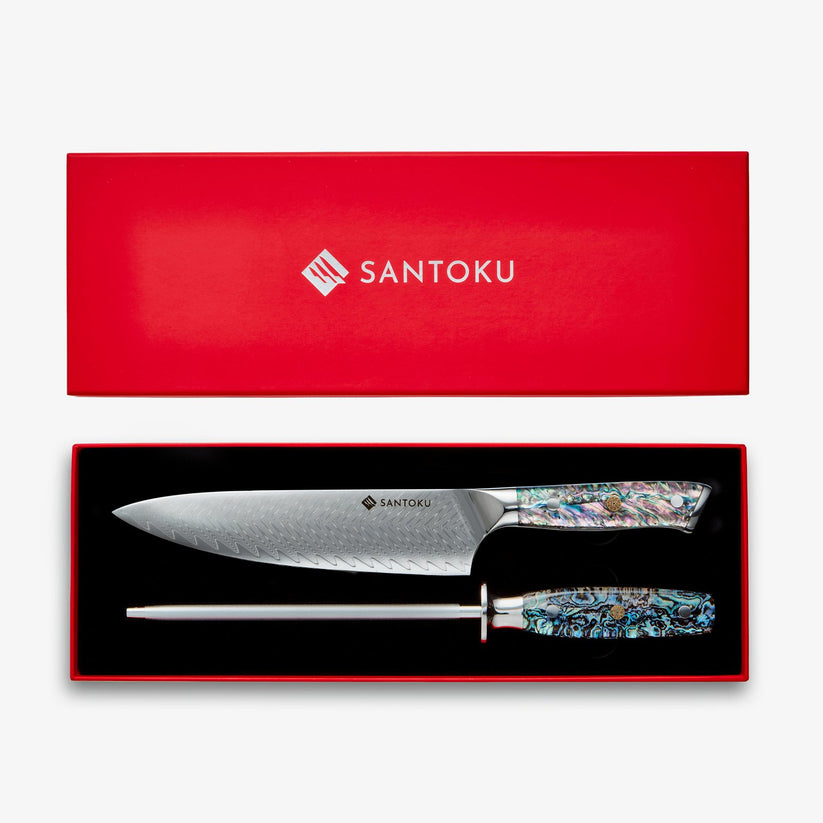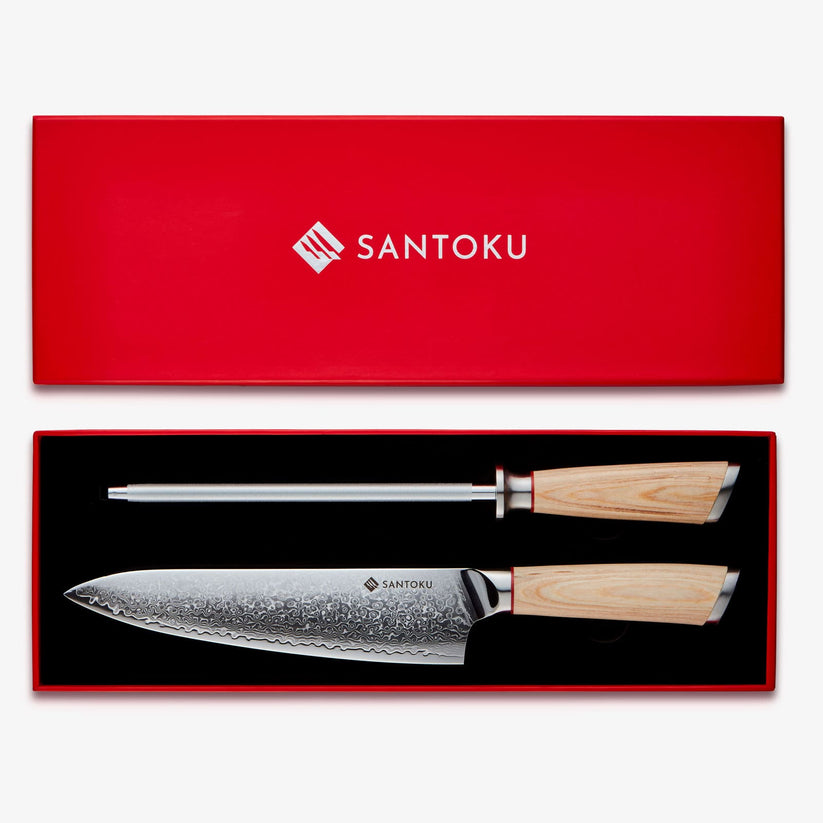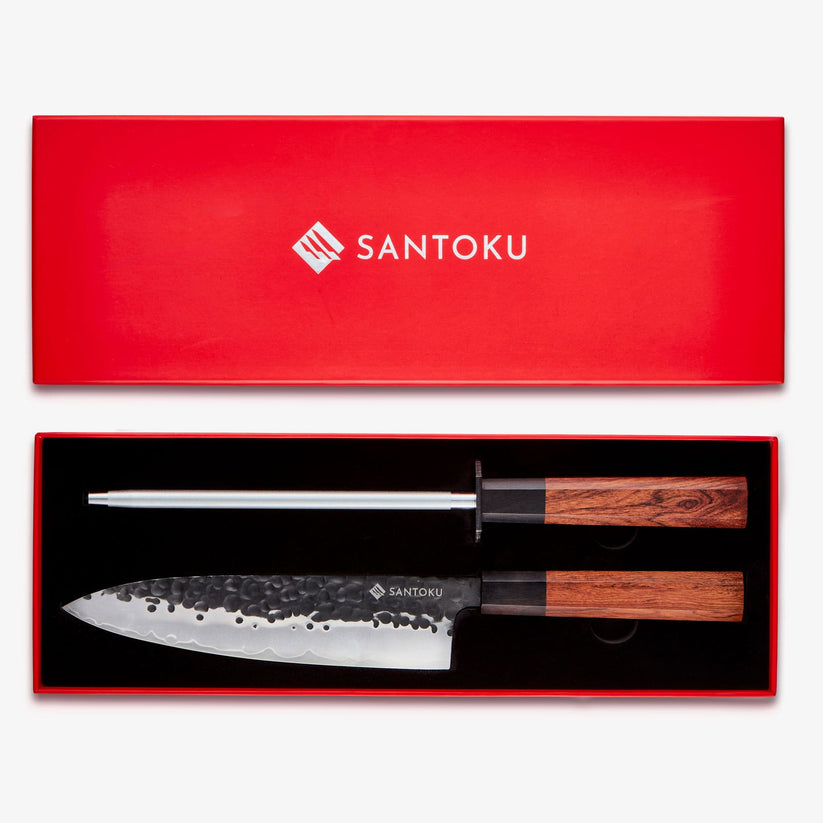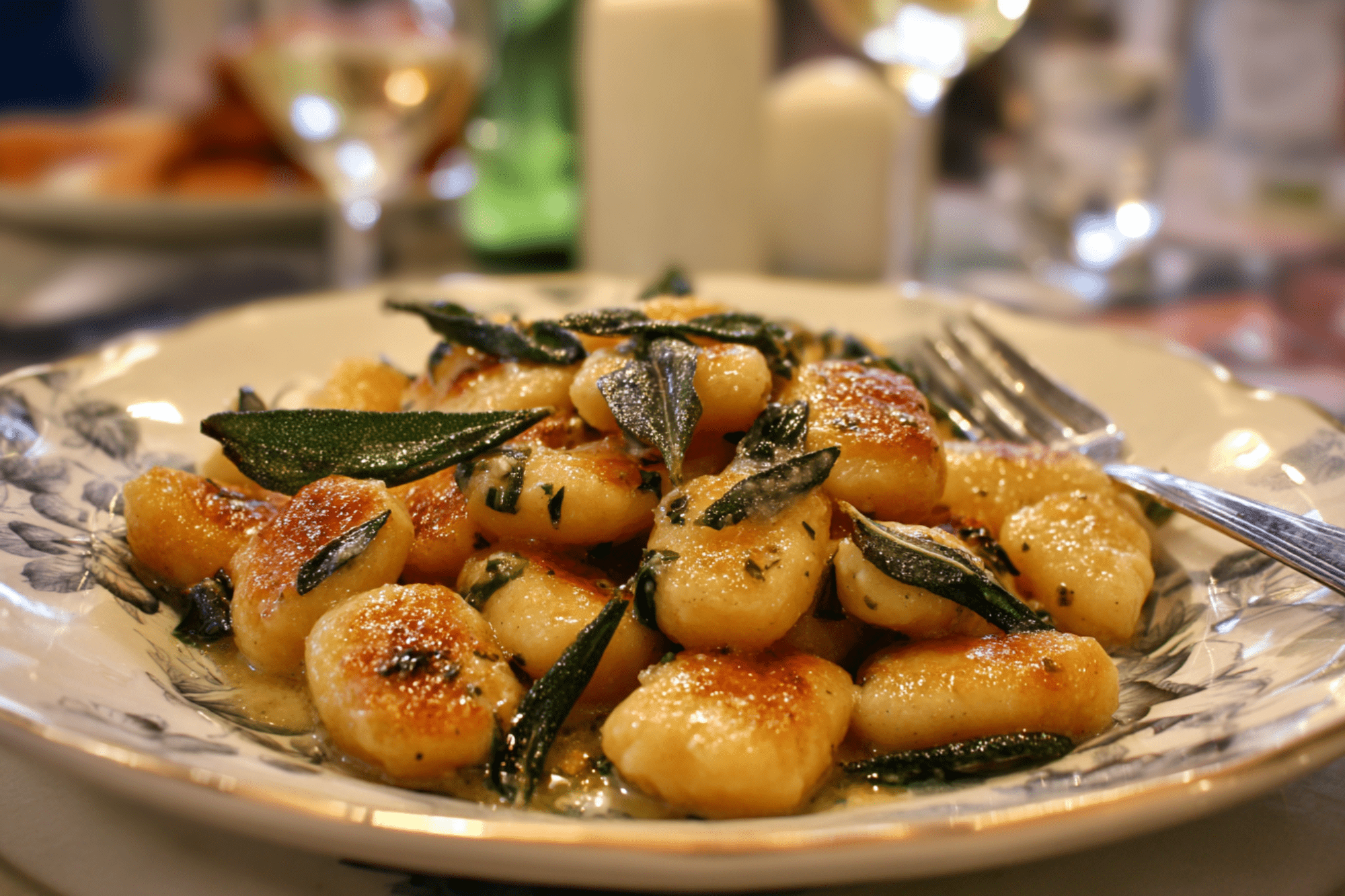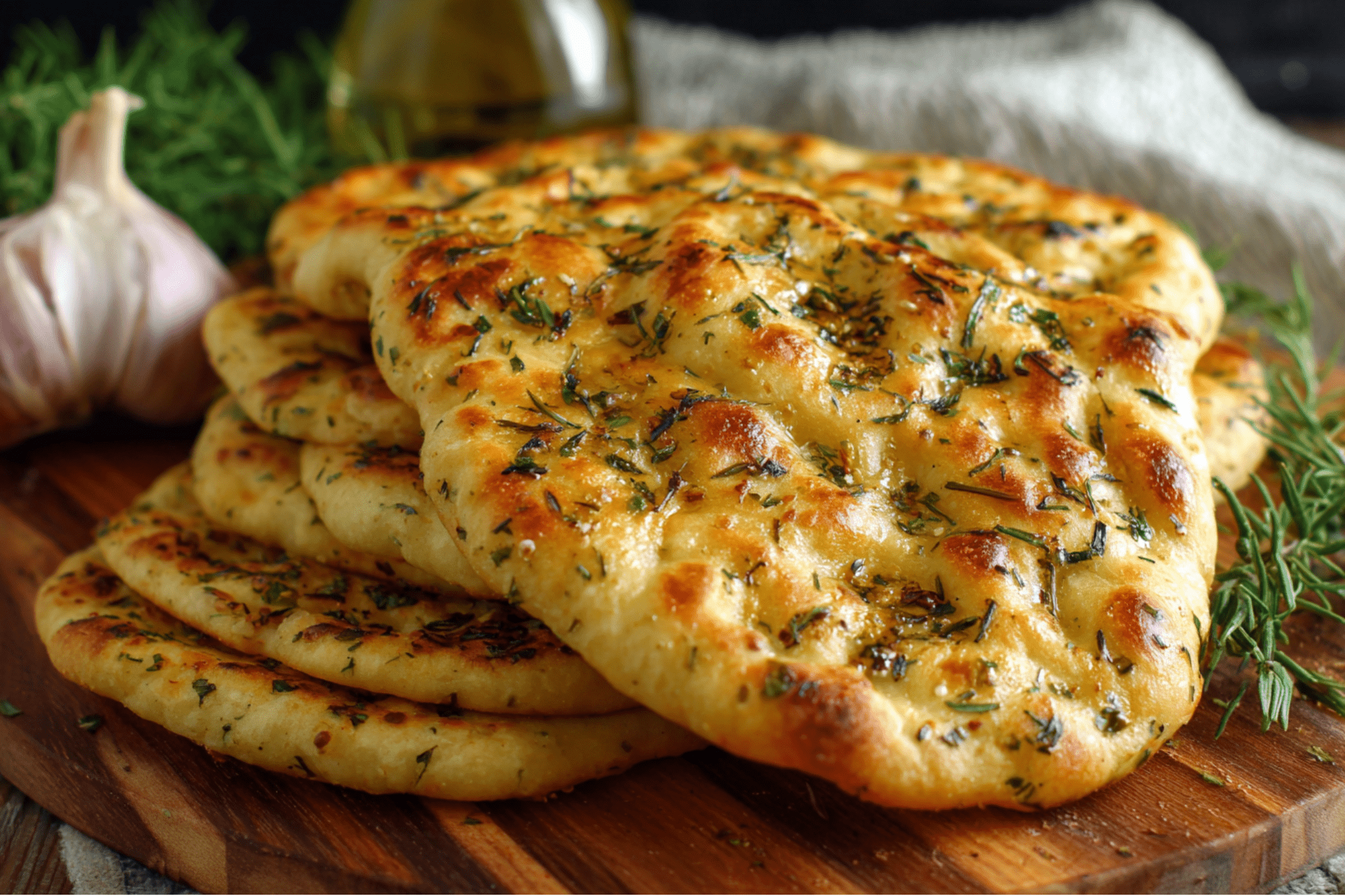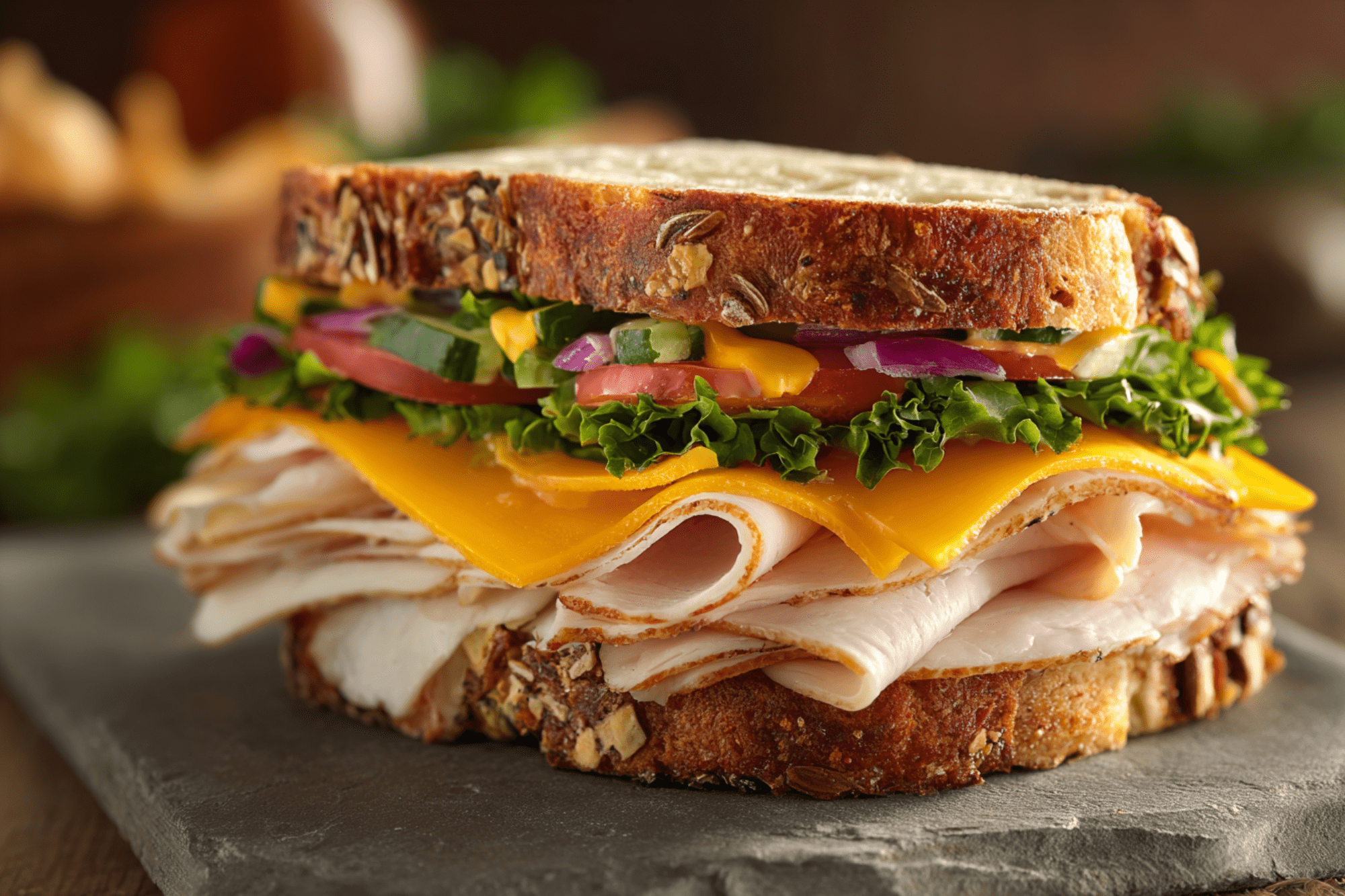
10 Tips for Making Grape Pie
-
Use Concord grapes for their signature flavour—don’t substitute with table grapes.
-
Separating skins and pulp preserves flavour and avoids bitterness.
-
Simmer pulp just until soft, then strain thoroughly to remove all seeds.
-
Don’t skip lemon juice—it balances the natural sweetness.
-
Chill pie dough to keep it tender and flaky.
-
A lattice crust helps vent steam and looks beautiful.
-
Bake on a sheet pan to catch bubbling juices.
-
Let the pie cool completely before slicing to allow filling to set.
-
Add a pinch of cinnamon or nutmeg for a warm twist.
-
Serve with whipped cream, vanilla ice cream, or crème fraîche.
Serve it with Suggestions
-
A scoop of vanilla bean or butter pecan ice cream
-
Lightly sweetened whipped cream
-
Hot black tea or a glass of dessert wine
-
Toasted almond crumble topping
-
A sharp cheddar slice (traditional NY pairing)
FAQ's
Q: Can I use green grapes or red table grapes instead?
A: No, Concord grapes are essential for the signature flavour and texture of this pie.
Q: Do I really have to separate the grape skins and pulp?
A: Yes—this step intensifies color and prevents bitterness. The skins give the pie its bold, iconic hue.
Q: Can I make grape pie in advance?
A: Absolutely! It holds up well for 2–3 days covered at room temperature or refrigerated.
Q: Can I freeze grape pie?
A: Yes. Bake, cool completely, wrap tightly, and freeze for up to 2 months. Thaw at room temperature.
Q: Why is my filling runny?
A: The pie may not have cooled long enough or had too little cornstarch. Make sure to measure and cool fully.


